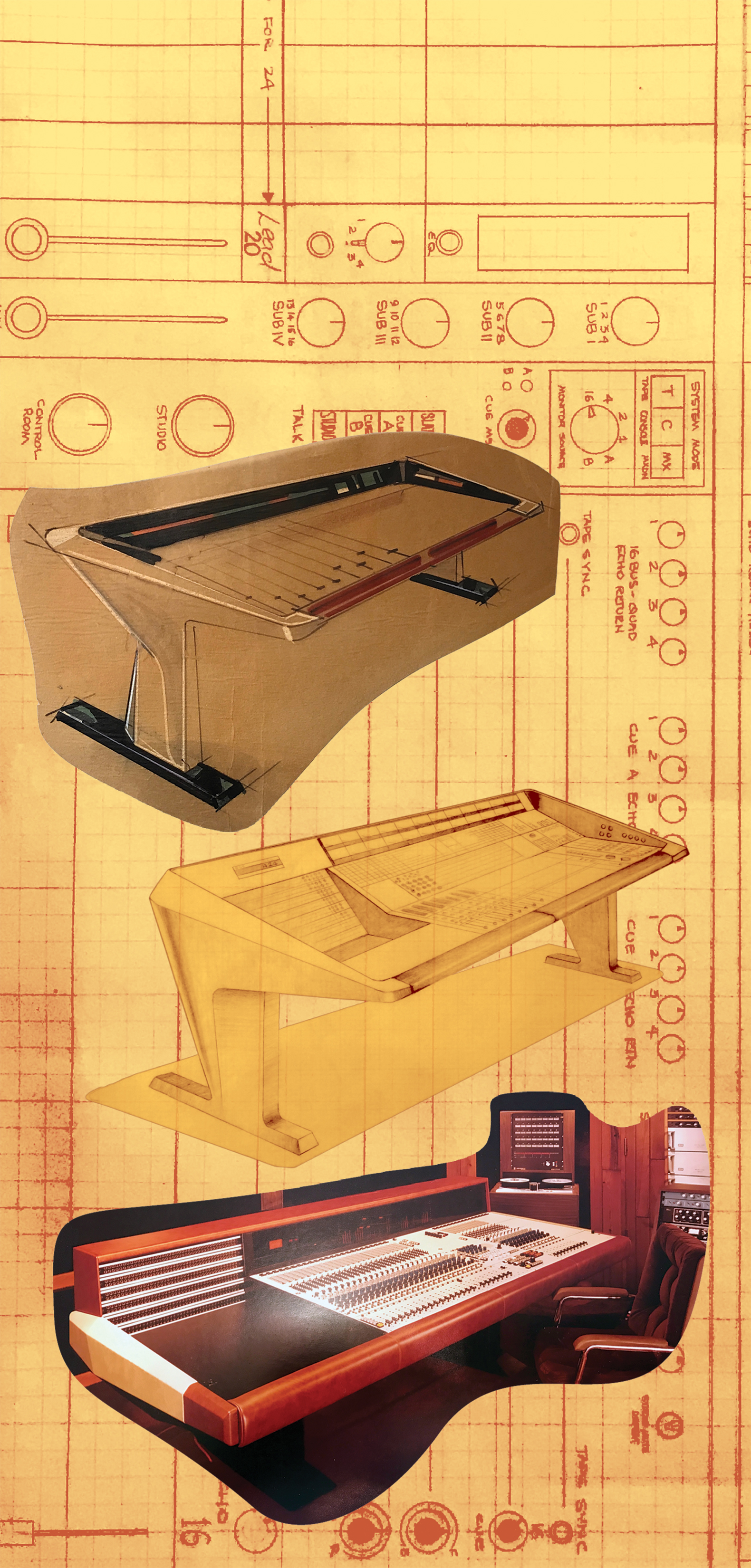Uh-oh. Looks like the cool techs at Steinberg have been up to something. Audio interfaces are traditionally designed to offer transparent conversion from capture to representation. Though the new UR-RT interfaces can achieve that transparency in digital conversion, and feature Yamaha-built ultra-clean Class A D-PRE mic preamps, something unexpected has happened here. They've added a switchable Rupert Neve Designs transformer to the path of its preamps on their new interfaces (6-input, 4-output UR-RT4, and the 4-input, 2-output UR-RT2).
With all the UR-RT4's connectivity (see later) packed into a box the size of a '90s Day Planner (10.5-inches wide x 8-inches deep x 2-inches tall), how do they fit all those transformers in there? I asked specialist Nithin Cherian at Yamaha/Steinberg, and this is exactly what he said; "With respect to the RND transformer, a special implementation of the transformer had to be utilized in order to recreate the saturation characteristics of their existing designs. Usually RND uses an input and output transformer to create the bold, musical, and expressive harmonic characteristics intrinsic to their designs. In the case of the UR-RT models, a mid-stage implementation was utilized in order to achieve similar results. The benefit of this is that the user essentially gets two flavors of input audio. One with our D-PRE circuit by itself, and the other with the D-PRE circuit plus the custom RND transformer. Therefore, when the transformer is enabled, sources connected via the MIC/Hi-Z and MIC/LINE inputs on the front panel of the device get the sonic benefits of both the D-PRE and the RND transformer."
Okay. This makes sense. The UR interfaces obviously aren't trying to duplicate a Neve preamp design here, and I don't think that was ever fully intended. However, these transformers are definitely adding something cool to the preamp path. Engaging them during tracking delivered a welcome, saturated character, with a big console vibe. Generally, the RNDs added a rounded harmonic shimmer to the top end. On every source I tested (vocals, acoustic guitar, electric guitar amp, percussion and DI instruments), the transformers never seemed to be the wrong choice for indie/rock/pop recording. In blind A/B testing with a performer, she preferred the transformer-engaged tracks to the clean ones in almost every instance. If the RNDs were the UR-RT interface's only feature of note, we could wrap up this now. But these boxes have more to offer.
What really makes my day better every time I use the UR-RT4 interface is that I get no latency DSP monitoring (compatible with any DAW or iOS device) built-in! Being a long time Pro Tools user, this just floored me - not too long ago, the only option for no latency recording with Pro Tools commanded a 5-figure price tag. As a bonus, Steinberg's latency-free dspMixFx software (included with UR-RT interfaces) comes with dedicated VST effect plug-ins: channel strip (compressor/EQ, reverb and guitar amp modeler) plus a free download of Cubase AI (or Cubasis LE for IOS). Cubase users are already in the know about ASIO Direct Monitoring capabilities.
The small but imposing UR-RT4 chassis is wrapped in tough black steel, with top venting in front of an easy-to-read (and super handy) printed diagram of the rear panel's I/O schema. Its front panel presents good-quality metal gain pots (for preamp Gain, Phone, and main Output control) that stick out 5/8-inch and are very accessible while being easy to turn - just the right amount of stiffness to avert a gain change if the knobs are accidentally bumped. Located above each of the four preamps are illuminated push-button switches that light when the Rupert Neve Designs transformers are engaged. Inputs are via four XLR/TRS Combo jacks (two Mic/Hi-Z and two Mic/Line) for each preamp. Rear connectivity provides two TRS Line Inputs, four TRS Line Outputs, two TRS Main Outputs, MIDI In, MIDI Out, a USB 2.0 jack, and a 12V wall wart input. Two separate Off/On switches provide phantom power in pairs to mic pres 1/2 and 3/4 (status LED indicator located on front panel). Note on wall warts: thank you Steinberg for providing one with stress relief at the jack end!
The RND transformers are definitely tasty, but the UR-RT4's built-in D-PRE mic preamps deserve attention too. In my opinion, they sound noticeably better in comparison to other well-known interfaces (with built-in preamps) in the same price range. Obviously, Steinberg has invested a lot of their energy here. Deep, deep, down - way down - we all know cheap stuff will always sound cheap. No plug-in can save you from hearing that voice in your head; the one reminding you every day that you've thrown your money in the wrong landfill. The UR-RT4 is thoughtfully designed with really good preamps, and a sound color option you won't find in any other interface. Those with limited cash and high aspirations need to seriously consider the UR-RT4.




_disp_horizontal_bw.jpg)